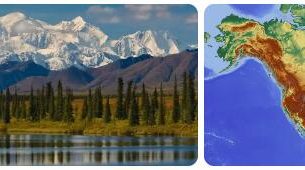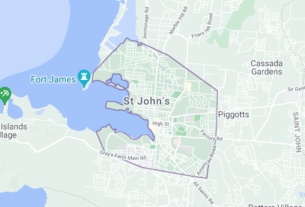According to ehistorylib, in 2005, Guatemala had a population of approximately 13 million people, composed of Guatemalan nationals and other ethnic minorities. The main language spoken was Spanish, with other regional languages having official status in certain areas. The economy in 2005 was largely based on agriculture and services, with a strong emphasis on exports. Foreign trade was an important part of the economy and Guatemala had strong ties to its Central American neighbors as well as other countries around the world. Foreign relations in 2005 were mostly positive with the country having diplomatic ties to most countries around the world. Politically, Guatemala was a constitutional republic under President Oscar Berger who had been in power since 2004 following elections which saw his Grand National Alliance win a majority of votes. In 2005 there were multiple political parties operating in the country including both left-wing and right-wing parties as well as a free press which helped to ensure press freedom.
Yearbook 2005
Guatemala. As in neighboring countries, crime is by far the biggest social problem in Guatemala. It is above all the youth gang (“maras”) that accounts for the high homicide rate in Guatemala, the second highest in Central America. However, the measures that President Óscar Berger Perdomo promised before his term of office have had to wait. A mass escape from a prison in southern G. in November forced the departure of Defense Minister Carlos Aldana. At the same time as the government’s fight against crime was slowly escalating, law enforcement was hit by an embarrassing scandal. The chief of G’s anti-narcotics unit, Adán Castillo, was arrested by police in November along with two police colleagues during a visit to the US counterpart DEA accused of involvement in cocaine smuggling from Colombia to Mexico and the United States.
According to countryaah, Guatemala City is the capital and one of the major cities within the country of Guatemala. Former corruption prosecutor Alfonso Portillo appeared in public for the first time in two years in November, commenting on the prosecutor’s request on July 8 to have him extradited from Mexico, where he lives in exile.
- Also see abbreviationfinder.org for how the acronym GT stands for the country of Guatemala and other meanings of this two-letter abbreviation.
1994 Displacement Resettlement Agreement
Without concluding a ceasefire, in January 1994, the government and guerrillas signed an agreement to resettle the population displaced as a result of the armed conflict in the country. Thanks to the agreement, 870 refugees could now settle in Chaculá, Nentón and Huehuetenango, but most resettlement sites remained under military control. However, as early as January 1993, the refugees had returned to Guatemala – predominantly from Mexico. They had been met by widespread aggression on the part of the military and the authorities.
The referendum in January 1994 was boycotted by 85% of voters. 69% of the votes cast were in favor of holding new elections for parliament and appointing new Supreme Court judges. In the subsequent parliamentary elections, the boycott was correspondingly high. It was won by former dictator Efraín Ríos Montt’s party, Frente Republicano Guatemalteco (Guatemalan Republican Front, FRG), who won the majority. It was followed in second place by PPN.
UN observer on human rights issues in Guatemala, Mónica Pinto recommended the demilitarization of society in parallel with the reduction of the military, the dissolution of the PAC and the President’s General Staff, and the establishment of a Truth Commission.
After long silence, the country’s foreign ministry in early 1994 recognized Belize as an independent state, but maintained territorial requirements as long as no common border was set.
In March 1994, the URNG and the government signed an agreement on the dissolution of the PAC as well as the UN monitoring of the human rights situation in the country. Three days later, the President of the Constitutional Court, Epaminondas González Dubón was assassinated.
In April, 300 peasant families who had occupied an estate in the province of Escuintla were removed. In May, another 2,000 refugees returned to Quiché province, still occupied by the military.
In June, the government and URNG signed a new agreement in Oslo on «Resettlement of victims of the armed conflict». Furthermore, the CPR villages (Comunidades de Población en Resistencia, the Resistance Villages) were recognized as the abode of civilians who were not involved in the armed struggle, and the agreement recognized the vital importance of providing land for this displaced population. In addition, the Second Oslo Agreement stated that individuals would not be held responsible for human rights violations in the country. The intention was thus to neutralize the resistance of the sectors opposed to a negotiated solution.
The peace negotiations between the guerrillas and the government did not make any significant progress in 1995. This was primarily due to the impending elections and the interest of the military and landlords in weakening the government up to this. The UN mission reported that impunity remained the main obstacle to respect for human rights, and could report hundreds of cases of torture, illegal detention and executions.
In August 1995, the President of Parliament, Efraín Ríos Montt and two members of his party FRG, lost their parliamentary immunity and was convicted by the Supreme Court for telephone interception, document forgery and abuse of power. However, the real problem was that the other right-wing parties feared that Montt would win the impending presidential election.




